
Life丨A current of culture
2023-06-05 17:24
Arguably the best way to enjoy the beauty of the Yangtze River, one of China's "mother rivers", is to embark on a tourism cruise. Away from the hustle and bustle of daily life, tourists can savor tea and snacks onboard while enjoying the awe-inspiring currents and picturesque scenery on both banks of the river.
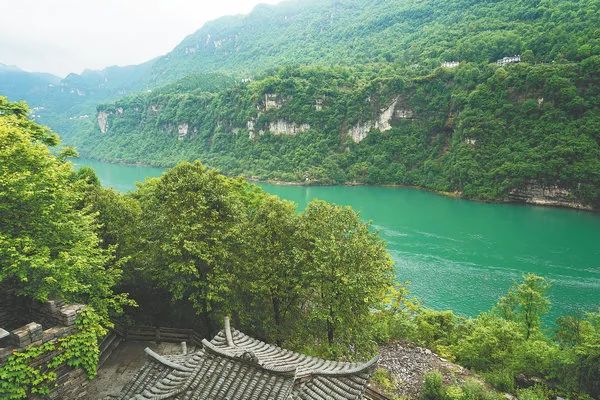
Gezhouba Dam, the first large-scale water control project constructed on the Yangtze River, was put into operation in 1981. The Three Gorges Dam, the world's largest hydropower project, has received over 10 million tourists in the past five years.
The cruise pulls in to shore and takes passengers to the Tribes of the Three Gorges, a scenic area that offers encounters with a variety of cultural experiences related to ethnic groups, such as those of the Tujia people.
Standing on a wooden bridge above a stream, one can enjoy an idyllic natural scene, the stuff of ancient Chinese poems.

As the tourist vessel, measuring 16.2 meters in width, slowly enters the 18-meter-wide ship lock, passengers have about 12 minutes to observe the water level change until it reaches its maximum height.
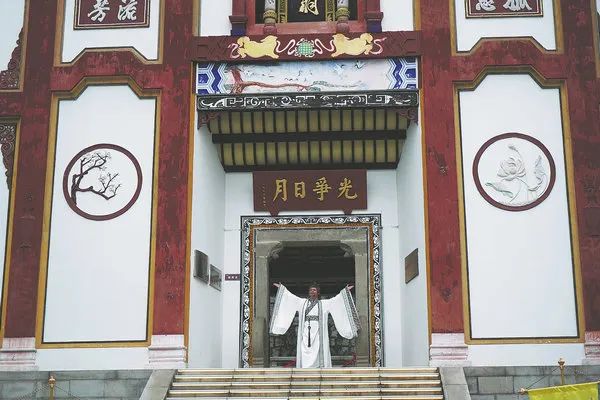
On this festival, people around the country commemorate Qu Yuan by racing dragon boats and eating zongzi, a glutinous rice dumpling wrapped in bamboo or reed leaves.
There, onlookers can also have a bird's-eye view of the dam, situated a mere 600 meters away. The sight of this engineering marvel, together with the ambience of the gate, is unforgettable.
Zigui is also well-known for its juicy and sweet navel oranges, with an annual output of one million tons. Thanks to the presence of various orange species, these mouthwatering fruits are available throughout the year.
In Qu Yuan's poem Ju Song, or Ode to An Orange Tree, he praised an orange tree grown in the Chu state, which stood as a metaphor for the poet's own character, morals and pursuit of dreams.
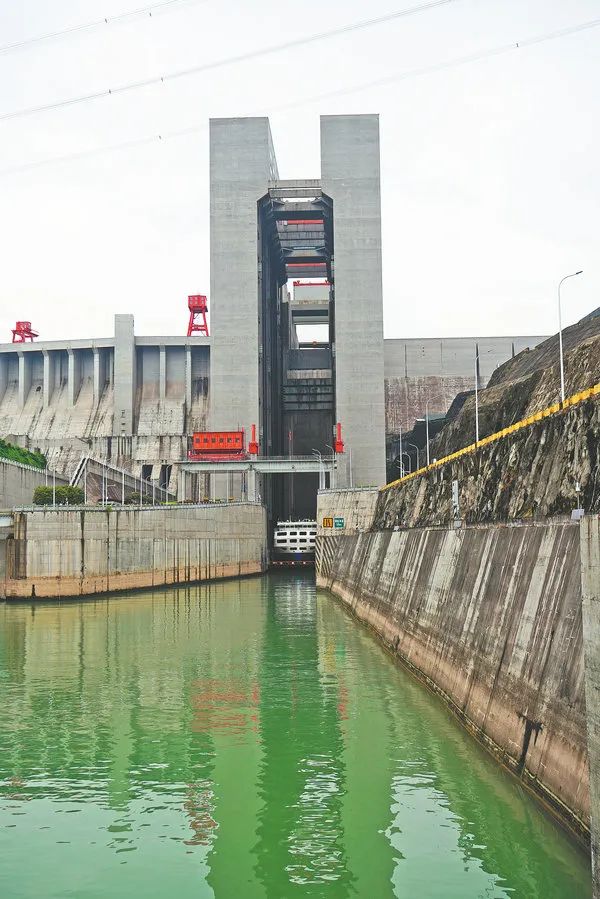
▲The vertical-hoist ship lift at the Three Gorges Dam. [Photo by Xu Lin/China Daily]
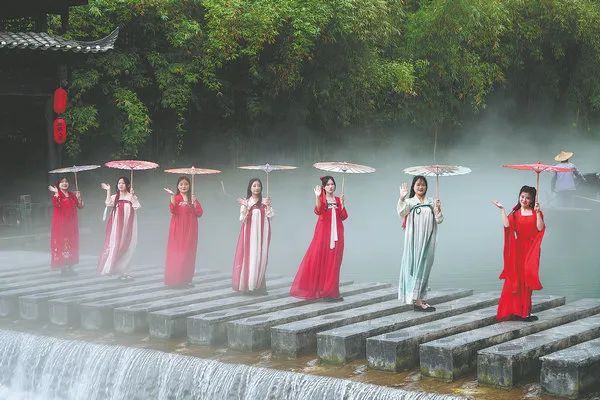
▲Women dressed in hanfu perform at the scenic area. [Photo by Xu Lin/China Daily]
At the night market, there are a variety of yummy snacks on offer to satisfy cravings, such as fried small potatoes or radish-filled dumplings. Summer is the best time to indulge in the iconic spicy crayfish, a midnight snack beloved across the country that originates in Hubei.
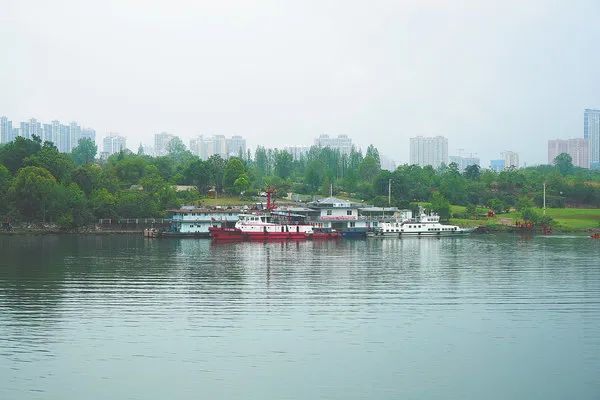
▲The picturesque scenery of the Yangtze River. [Photo by Xu Lin/China Daily]
On one side of the river stands Moji Mountain, adorned with vibrant green lights that illuminate its grandeur. Gazing upon the river, the mountain's reflection creates a captivating scene reminiscent of a Chinese landscape painting. Spanning the river, the city's magnificent bridges showcase its connection to the waterway, embodying both Yichang's history and architectural splendor.
Reporter: Xu Lin








